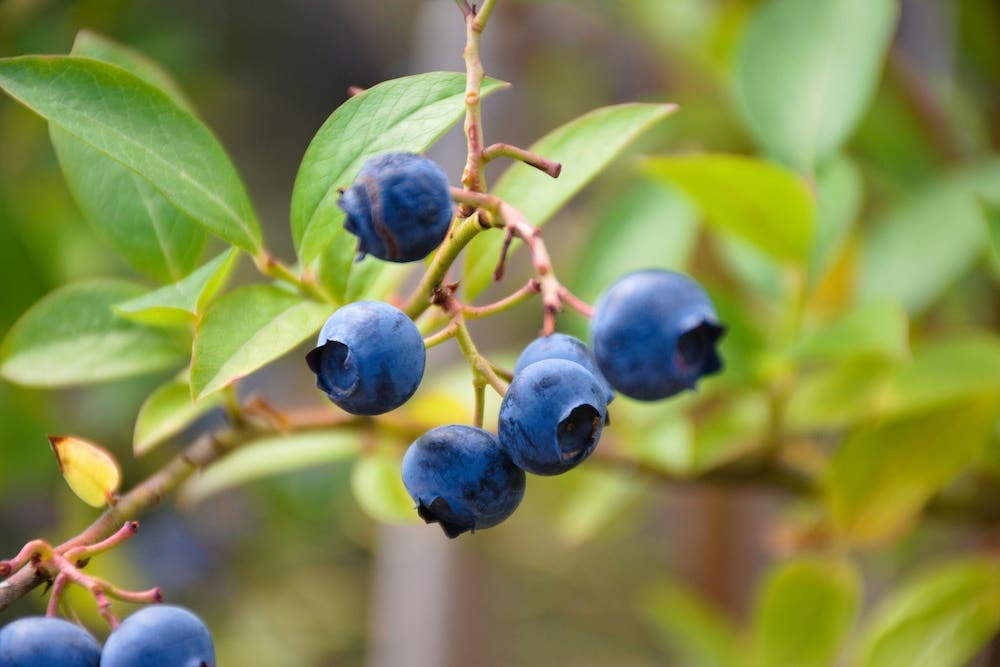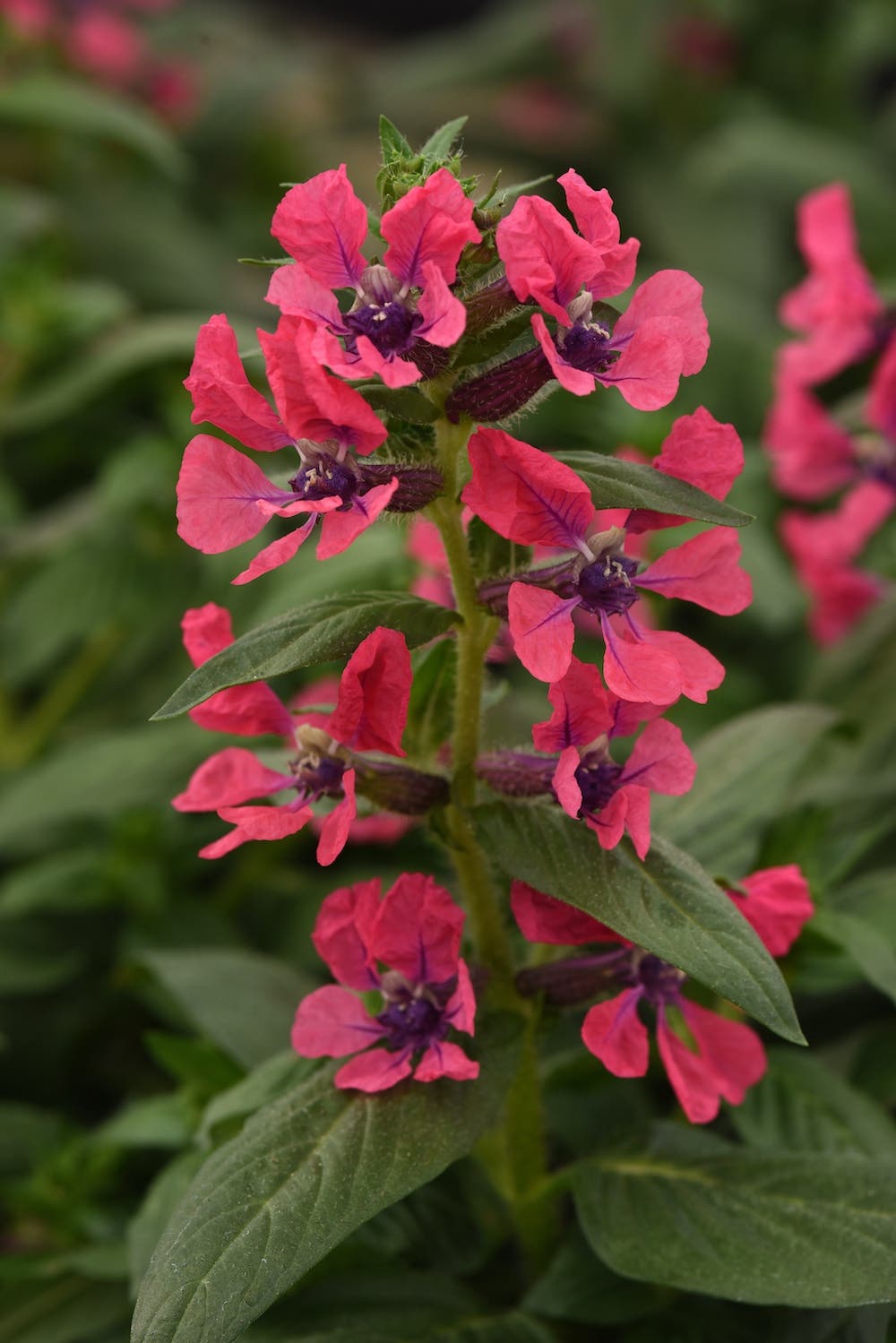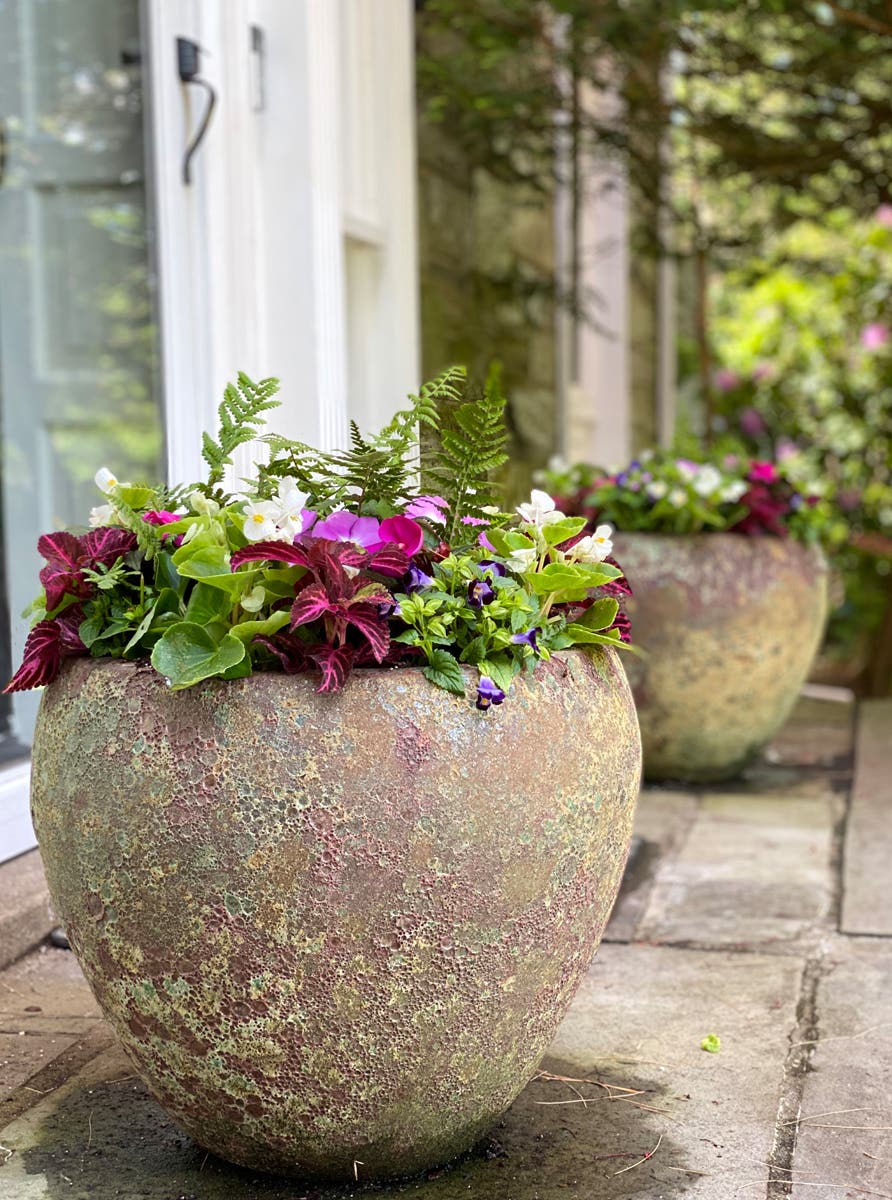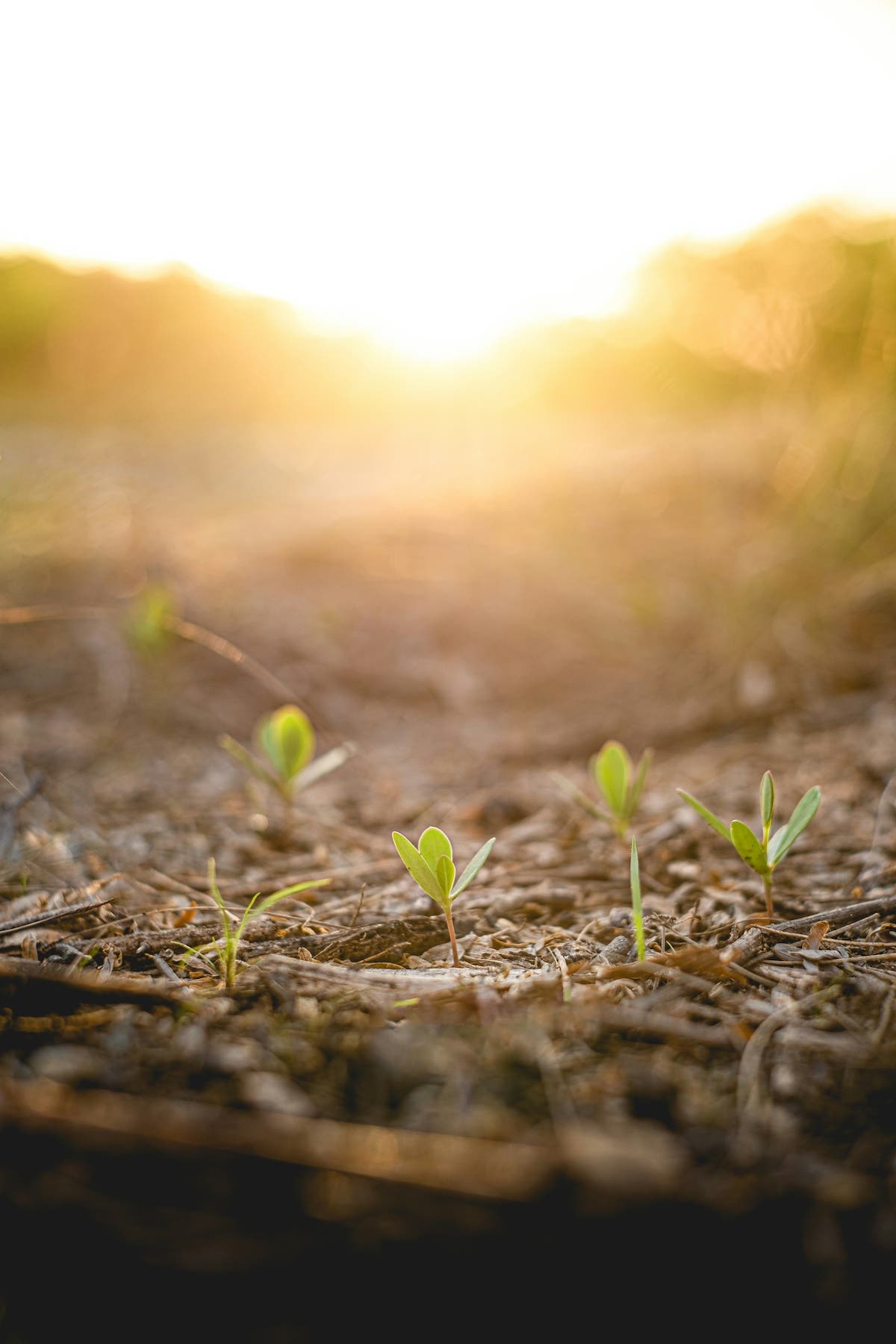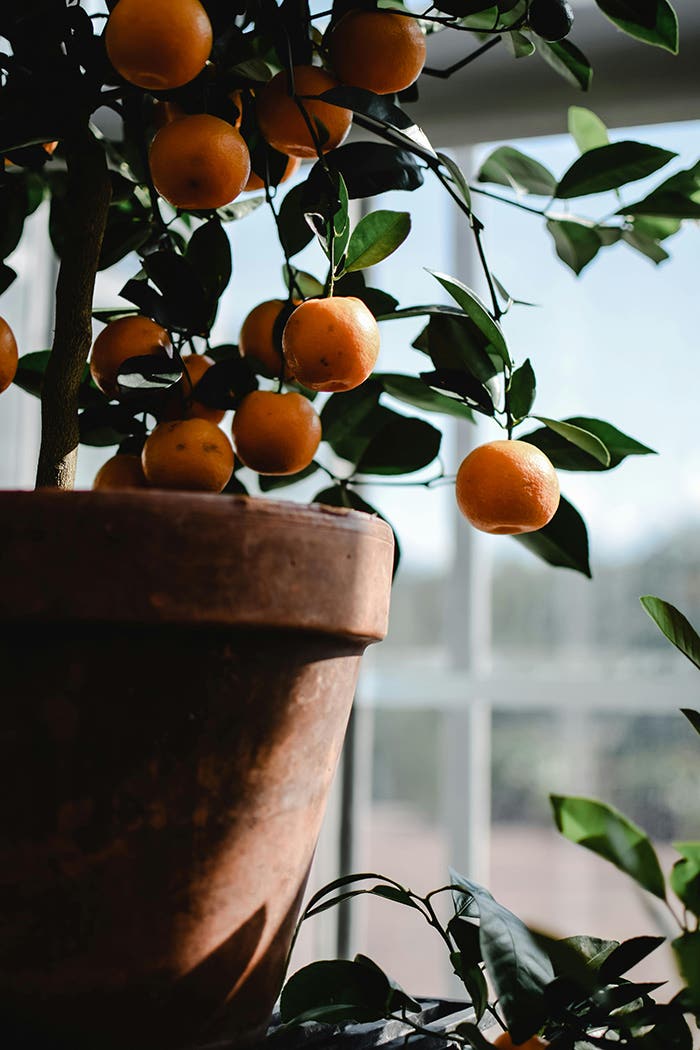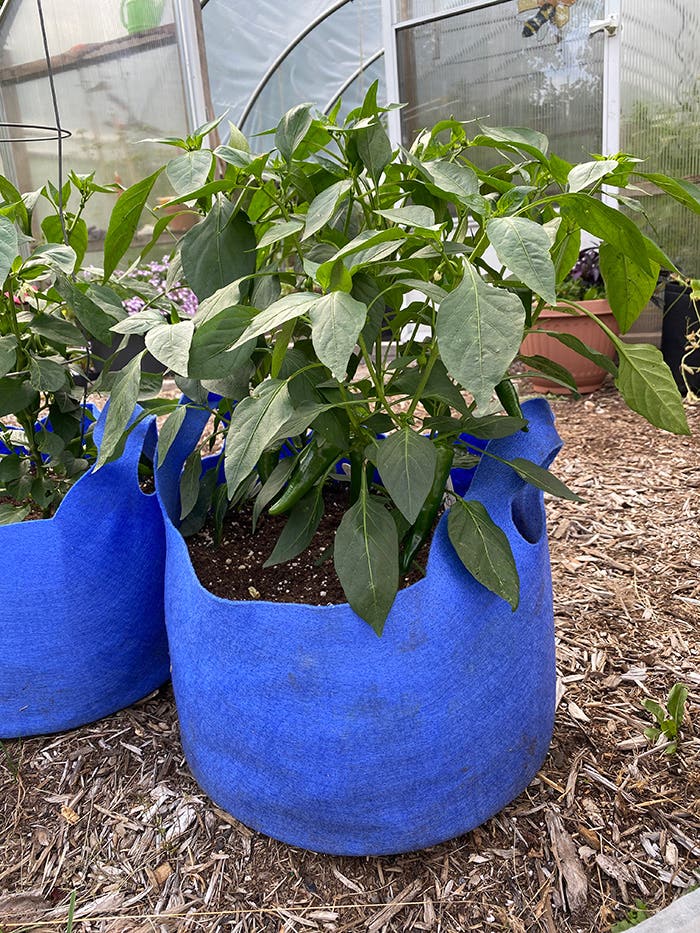The Home Grove
My credo is, “if you find a seed, plant it.” This goes for common plants as well as plants not usually found in the home. You don’t need an outside space to have a garden-a sunny window in your house will do…
My credo is, "if you find a seed, plant it." This goes for common plants as well as plants not usually found in the home. You don't need an outside space to have a garden-a sunny window in your house will do. I've been planting seeds inside my home for years, just to see how they'll grow in an alien (for them) place.
It started many years ago with a few seeds from a Texas grapefruit. I threw them in a pot with a bit of soil and waited. What they did was sprout and grow up to the ceiling. At that point I had a choice: I could cut a hole in the ceiling, cut the top off the tree, or find a new home for it. The tree ended up in the back garden of a friend. Over the years it grew twelve feet wide and taller than the roof of the house. It was loaded with grapefruit.
After my first citrus success, I felt encouraged to try others. A dwarf orange tree flourished in my south-facing bedroom window for several years. It gave me a few small oranges and perfumed the room with its blossoms. I was so taken by it that I considered buying an orange grove. I learned all that I could about oranges. I bought books on citriculture and sent for information from the California and United States departments of agriculture. I read the real-estate ads in the Wall Street Journal, combing for groves for sale. I checked the work-wanted ads for someone who would manage my grove. When I came across mention of a citrus industry trade journal, I sent for a subscription. (It was too late; they had ceased publication.) In the meantime, my name found its way to a list intended for grove operators.
From then on, I could almost believe my dream had become reality. I got bulletins covering the outlook for prices, exports, and government intrusions. I received warnings of freezing weather that would have necessitated the firing up of my smudge pots and wind machines if I had any. (Fortunately, my bedroom grove was safe from freezing weather.)
It all came to a peak when I was invited to show three crates of my best oranges at a growers' convention. Three crates? I was lucky to have three oranges, and they were surely not going to be winners at any kind of convention. I felt it necessary that I explain why I could not show and mailed off the facts. I never again heard from my orange-growing fraternity and admitted that my citriculture dreams were perhaps a bit beyond the scope of reality for me. But there were other areas of my indoor garden that needed tending, anyhow. The vegetable garden in particular.
You see, among the things also growing happily in my home were corn in a large pot, potatoes and shallots in window boxes, and tomatoes, large and small, everywhere. A planting of pickling spices grew into a fragrant small forest of assorted shapes and sizes. (I recently planted more pickling spices from a jar on the spice aisle, expecting to duplicate my previous success, but the results were a bust. It seems that the spice industry has changed the mix.)
The top of a pineapple grew lustily in a living room pot, putting out long, tough and sharp, spiky leaves, if leaves is the correct word for what pineapple plants put out. The only problem was that I would get stuck every time I ventured too close. I never got a pineapple fruit, but, still, I had a houseplant with an attitude, and I could live with that.
A local coffee company offered me a small seedling. It found a home in a pot in my living room. Its blossoms gave off an aroma reminiscent of orange blossoms. When beans developed I thought I'd try to brew some coffee. First I had to roast them. Since I found nothing helpful in library books, I called a few coffee companies for roasting advice. They refused, saying their roasting process was proprietary information. After cleaning the pulp off the beans, I put them in the oven, turned up the heat, and waited until the aroma seemed to indicate they were done. With a borrowed grinder, I had enough to make several cups. It was some of the best coffee I have ever had.
I'm fortunate today that I now have a backyard. I've got an apple tree, about three years old, that I started from a seed. I nurtured it in the house for the first year, then transplanted it outside. I am eagerly waiting to see what happens next-with hope, blossoms and apples.
About a year ago I planted two date seeds in individual pots. One pot is in the house, the other outside. Both seeds sprouted weeks later, after I had almost given up hope that they were alive. The indoor plant has sent up narrow leaves about two feet tall. I'm not sure what will happen next. Will a trunk emerge? Will I ever get to eat a home-grown date? The plant outside has two smaller leaves and it has withstood winter's occasional freezing temperatures. It is still growing quite happily, albeit slowly. Its survival has been a bit of a surprise, really, considering that dates are adapted to warmer climates than mine.
Raising outdoor plants indoors-and starting them from fruit from the grocery store aisles-is an inexpensive form of entertainment that can hold your interest for weeks or months-or years, in my case. It is the ultimate test of a gardener's greatest virtue, patience. And depending on what you've planted, you might just get a meal out of it.


